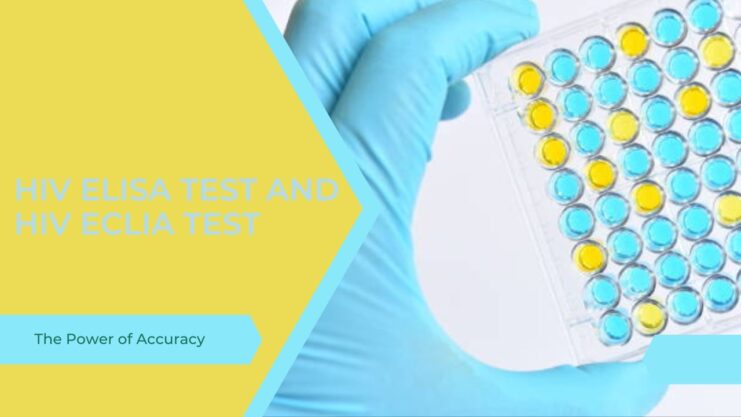To address the questions and concerns surrounding the ECLIA and ELISA tests, we first need to delve into the intricate workings of the human immune system.
The human body operates a sophisticated defense mechanism against foreign invaders, such as viruses. When a virus infiltrates the body, it is identified as an intruder, triggering the immune system to eliminate it.
Dealing with an entire virus is quite a task, so the body targets specific parts of the virus – the antigens. In response to these antigens, the body generates unique antibodies that act like heat-seeking missiles, zeroing in on the virus to destroy it. The presence of an antibody specific to an antigen suggests the existence of the corresponding virus.
Interestingly, antibodies also possess antigenic properties. They have a unique head, designed to attach to a specific antigen, and a tail that can be identified as a foreign antigen by other antibodies. This pivotal principle forms the foundation of immuno testing, which includes both ELISA and ECLIA tests.
Historical Perspective: The Emergence of the ELISA Test
In the 1980s, HIV was confirmed as the causative agent of AIDS, but a tool was needed to detect HIV infection in individuals. A logical approach was to search for HIV antibodies in the body, leading to the adoption of the ELISA test.
Here’s a simplified overview of how the original ELISA test worked (Note: ELISA technology has significantly evolved over the years, a topic that will be explored in a forthcoming post: ‘The Various Generations of ELISA’):
- A plastic board with a hole (or well) was taken.
- HIV antigens were attached to the walls of the well.
- The well was filled with the patient’s serum.
- If the serum contained HIV antibodies, these would adhere to the antigens on the well’s walls.
The challenge was in detecting these microscopic molecules (the antibodies) that had attached to the well’s walls. An innovative solution was to create a ‘secondary’ antibody that could be visually detected and would attach to the primary antibody.
Earlier methods involved making this secondary antibody radioactive for detection, but this approach was quickly deemed unsuitable. The ELISA technique was developed as an alternative, where an enzyme attached to the secondary antibody caused a color change when a substrate was added.
The Advent of the ECLIA Test
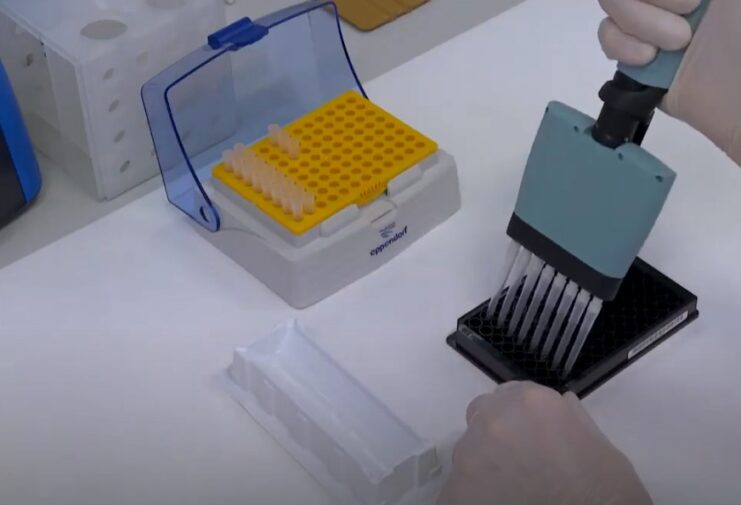
The need for an advanced, more sensitive diagnostic technique led to the development of the Electrochemiluminescence Immunoassay (ECLIA) test. This revolutionary test maintained the basic structure of the ELISA but with an important difference. In the ECLIA, the secondary antibody is linked to a chemical known as a luminescent label.
During the testing process, an electric current is passed through the sample. The luminescent label attached to the secondary antibody responds to this electrical stimulation by emitting light – a phenomenon known as electrochemiluminescence.
The emitted light is then measured by a detector. The intensity of the light serves as a direct measure of the quantity of the antibody or antigen in the sample, thereby indicating the presence or absence of a particular disease. This intricate and precise method improves the detection sensitivity, making ECLIA particularly useful in diagnosing conditions at their early stages or in cases where the disease agent is present in very low concentrations.
ECLIA vs. ELISA: A Comparative Analysis
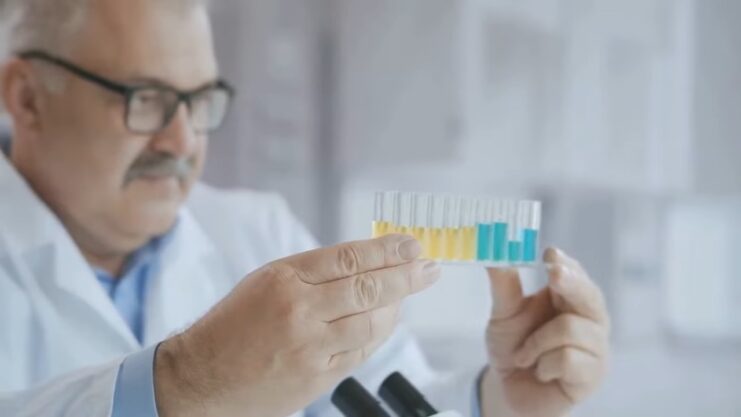
When we try to compare the ELISA and ECLIA tests, it’s vital to note that both of these tests have their own unique strengths. Both tests, being rooted in immunoassay technology, are highly effective and ingenious in design. However, they each bring a unique set of capabilities to the field of medical diagnostics.
The ELISA test, due to its well-established nature and proven track record, offers a solid, reliable method for detecting various disease agents. Over the years, it has been honed and refined through generations of advancements, each bringing its own enhancements in sensitivity and specificity.
The ECLIA test, on the other hand, provides a more modern approach. It brings enhanced sensitivity and faster result times to the table, thanks to the luminescent labels and their interaction with an electric current. This makes the ECLIA test an excellent choice for situations where swift diagnosis is key, or when dealing with particularly hard-to-detect substances.
Advantages and Disadvantages
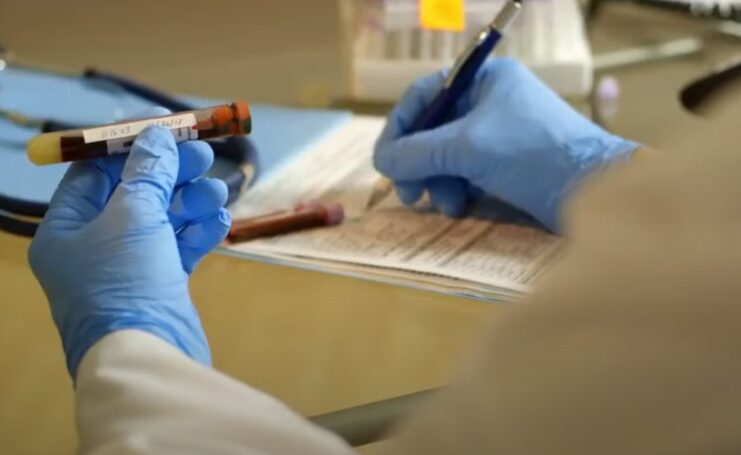
When considering the ELISA (Enzyme-Linked Immunosorbent Assay) and ECLIA (Electrochemiluminescence Immunoassay) tests, there are several advantages and disadvantages to consider, contributing to their usage in varying contexts.
ECLIA is known for its speed and high sensitivity. It employs chemiluminescent markers, which are compounds that emit light during a chemical reaction. This allows for a higher sensitivity, making it possible to detect even minute quantities of an antibody or antigen.
Moreover, the ECLIA process is relatively quicker, providing results in a shorter timeframe, which can be crucial in situations where timely diagnosis is required. However, one of the potential downsides is the cost, which may be higher due to the more complex technology and reagents involved.
On the other hand, ELISA is widely praised for its cost-effectiveness and well-established nature. Having been in use for decades, it has a solid track record in clinical diagnostics and research. Its simplicity makes it more economical and easily adaptable to various testing needs.
However, ELISA tests might take longer to process than ECLIA tests. Moreover, while they have robust sensitivity and specificity, they might not pick up on very low concentrations of antibodies or antigens as efficiently as an ECLIA test.
Real-World Applications
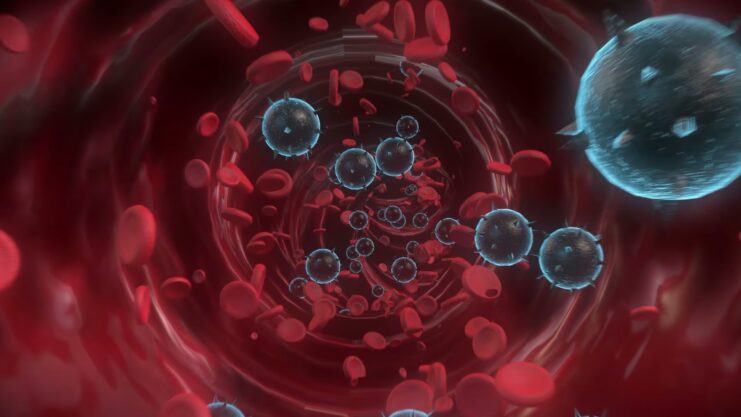
Both the ELISA and ECLIA tests have found applications in a wide range of fields.
In the medical field, these tests are a cornerstone in the diagnosis of various infectious diseases, such as HIV, Hepatitis B and C, and Lyme disease. The ELISA test, for instance, was one of the first tests widely used for HIV detection. In veterinary diagnostics, these tests help detect infections like canine parvovirus and feline leukemia virus.
Beyond the realm of healthcare, these tests have applications in the food industry as well. They are used to detect food allergens, ensuring products are safe for individuals with food allergies. In environmental science, they can help monitor pollutants in water and soil.
In research settings, both ELISA and ECLIA tests are employed for the quantification of proteins, antibodies, and hormones. They also play a role in drug development, where they are used to test the efficacy of new drugs and the immune response they elicit.
Recent Technological Advancements
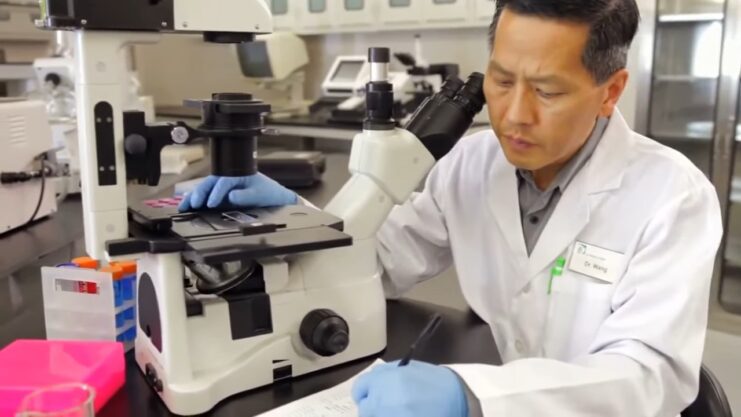
The field of immunoassays has seen significant technological advancements in recent years. For instance, newer generations of ELISA and ECLIA tests now utilize advanced signal detection systems, leading to improved sensitivity and specificity.
In the ELISA field, innovations include the introduction of multiplex ELISA. This technology allows for the simultaneous detection of multiple analytes in a single sample, increasing efficiency.
In the realm of ECLIA, automation has become more prevalent. Automated ECLIA systems offer higher throughput, more consistent results, and require less hands-on time from lab personnel.
Related Posts:
- HIV CMIA Test Accuracy: What You Need to Know
- False Negative HIV ELISA Test: Decoding the Mystery
- Screening for Genital Herpes: Knowledge is Power
- When to Test for HIV During and After Completion of…
- HIV RNA / DNA PCR Test – Nucleic Acid Amplification…
- When and How to Test for Syphilis: Empower Yourself…

